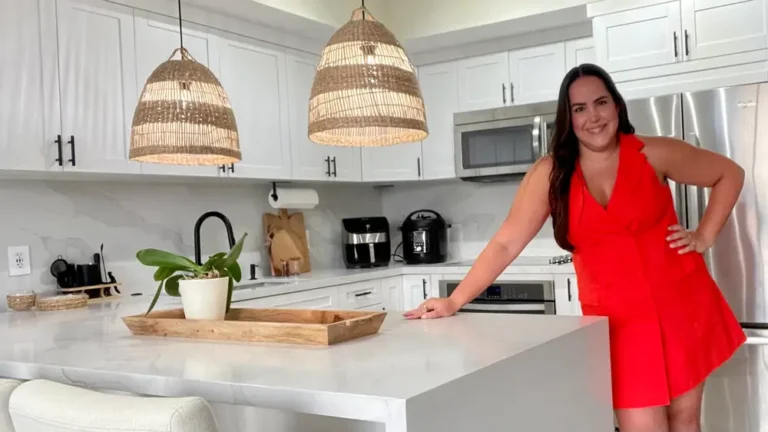Don’t count on mortgage rate relief to unlock the housing market, says Zillow’s chief economist

As the September Fed meeting looms closer, investors are increasingly confident that a long-awaited rate cut is just around the corner.
For current and prospective homeowners, this means that mortgage rates are likely to come down further from their 24-year highs last year. Mortgage rates have already started trending downwards in recent months, and they’re likely to drop further if the Fed makes multiple rate cuts.
But while mortgage rates are one piece of the housing crisis puzzle, don’t expect mortgage-rate relief to fix the locked-up housing market, according to Zillow’s Chief Economist Skylar Olsen.
Lower mortgage rates won’t alleviate the housing market’s underlying issues of affordability and inadequate supply, Olsen says. In fact, she thinks falling mortgage rates could have a long-term effect of locking up the housing market even more.
That’s not to say a decrease in mortgage rates has no benefits.
In Olsen’s view, 6.2% is the sweet spot that makes homeownership more accessible to the average American. Once mortgage rates reach that level, the monthly costs of buying and renting become comparable. A mid-6% mortgage rate also puts the average monthly housing cost at a third of overall income, which is a common affordability benchmark.
The 30-year fixed mortgage rate has inched down to 6.35%, according to Freddie Mac, signaling that the housing market is approaching that zone of affordability.
“Mortgage rate relief over August could return that middle income to the housing market,” Olsen said about the downward move in rates in an August 27 interview with B-17.
Lower mortgage rates won’t solve everything, and they might even make the situation worse
There are quite a few caveats, though.
Olsen isn’t confident that mortgage rates will drop much further.
“Right now, we might have seen most of the relief,” Olsen said.
At the beginning of 2024, Olsen and other housing economists estimated that mortgage rates could settle down at around 5.5%. But now, experts are saying that a long-term rate of around 6% is more probable. After the Fed meeting in Jackson Hole last month, Olsen pointed out that markets have already priced in a rate cut. That, combined with the uncertainty of an election year, makes it unlikely for mortgage rates to decline drastically going forward. However, if the economy starts cooling faster than expected, the Fed could cut rates more aggressively, bringing mortgage rates down as well.
Additionally, while a decrease in mortgage rates will help unlock buyers, especially the middle-income buyer on the cusp of homeownership, it won’t do much for many homeowners, according to Olsen. Existing homeowners who bought their homes at lower mortgage rates will be hesitant to sell in a higher mortgage-rate environment, especially if rates aren’t slated to decrease much more from current levels. If more people are able to afford houses but existing owners aren’t selling, then the housing market will remain frozen.
In this sense, lower mortgage rates could actually dry up housing supply even faster and send home prices skyrocketing again, according to Olsen. Housing inventory levels have been increasing, but recently unlocked homebuyers are likely to quickly harvest existing inventory and return the housing market to a locked-up state, in Olsen’s view. This effect will be amplified if rates fall further, according to Olsen.
As a result, mortgage rate relief might temporarily open up the housing market, but any relief is likely to be short-lived.
“I think inventory would really struggle to rise again and prices could return,” Olsen said.
These issues point to an underlying problem of insufficient housing supply across the country, which is why Olsen sees the need for increased supply-side initiatives to stimulate construction and increase the number of available housing units.
Until then, don’t bank on lower mortgage rates to unlock the housing market.






